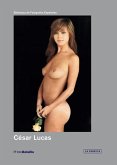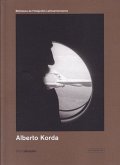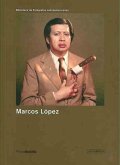Isabel Muñoz is a photographer from Barcelona, living today in Madrid. She has found a way to liberate tango, flamenco, and oriental dancing from the anecdotes and exoticism that make up the basic sales strategy of so many post card publishers and tourism authorities. In black and white, from Buenos Aires to El Cairo, from Istanbul to Seville, and passing through Phnon Penh, Isabel Muñoz has studied couples dancing, embracing, releasing, evoking the act of love, rejecting it, and transforming it in dance, in tension. She has revealed the elements of exacerbation, of desire, and sociability in the representation of those physical challenges, in those insinuated kisses that never come to be, in those failed embraces taken to the limits of frustration, in those manly hands tightly holding a thigh, in those curved waists that never join, in the flesh of the bodies that come into contact again and again, only to be rejected. She has discovered a wonderful manner of cropping and framing these bodies, of using backdrops of great historical content, and populating them with movements, evoking and suggesting rather than displaying. In the reclusion of her darkroom, Isabel Muñoz struggled with the blackness, and in that space of alchemy she learned to use certain ancient and powerful techniques that required the use of enormous negatives: through the oxidation of platinum salts she was able to etch upon paper the images that she had previously separated. She did this with a passion for textures and materials, and it is characteristic of the vision of those who truly see. For example we can contemplate rough-textured skin in contact with the woven fabric of a skirt, or sequins that shine in the shadows of a sensual navel. She has discovered how to incorporate rhythm to the static images, to create dialogue in the extension of the spaces with attention on the details in the foreground. She sees the light in an ornamental comb thrust into tortuously black hair, yet she tells us that her intention is to show us those dances.








